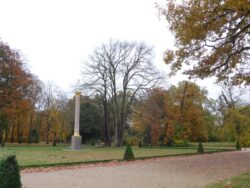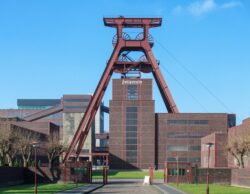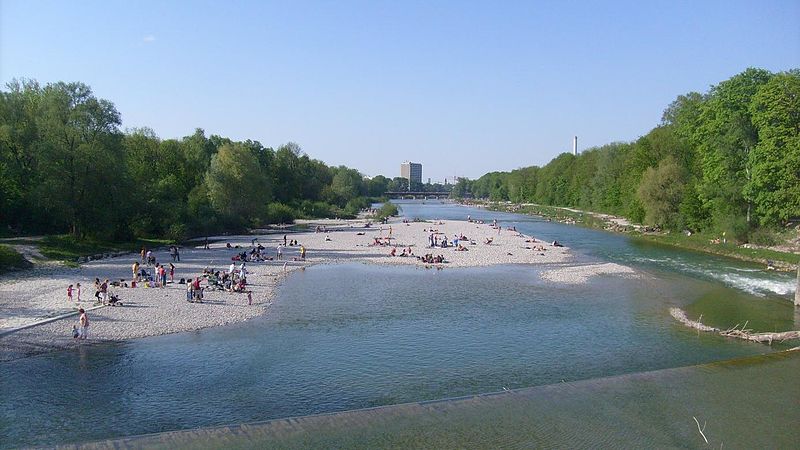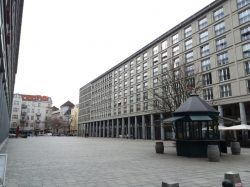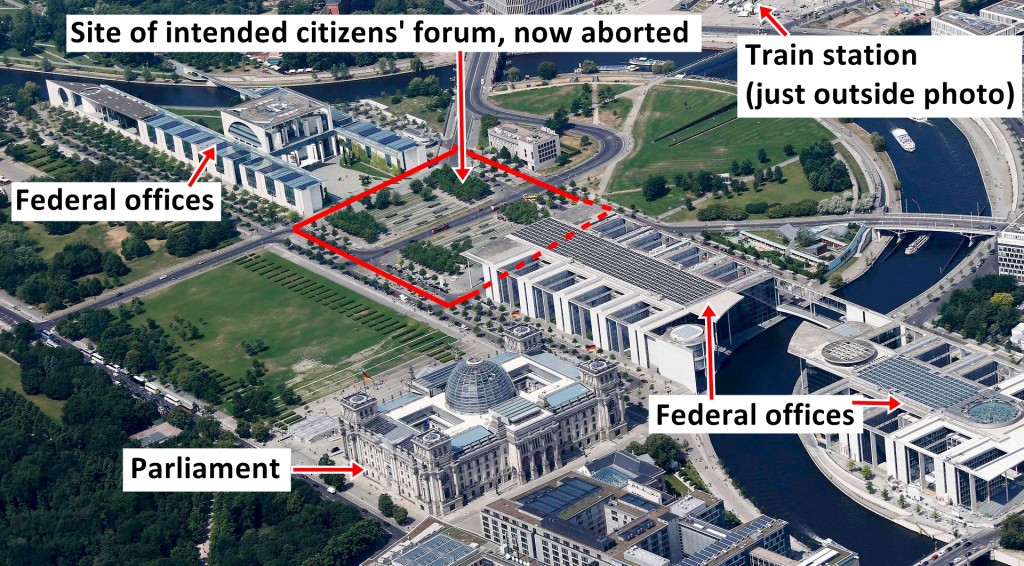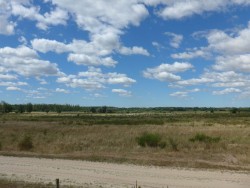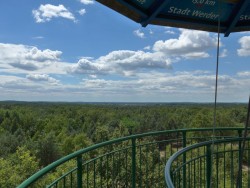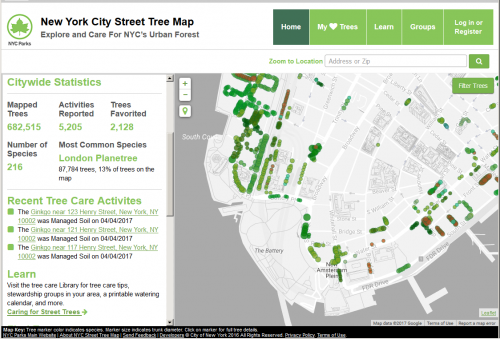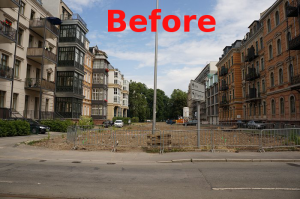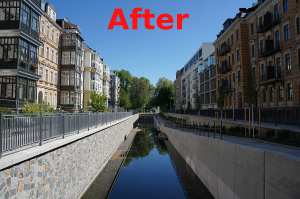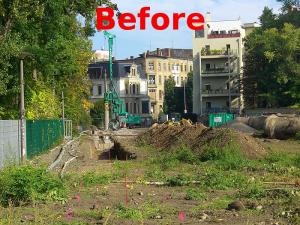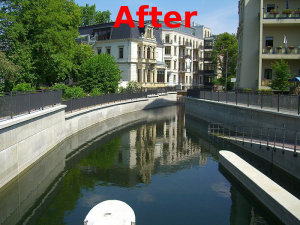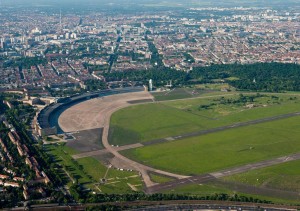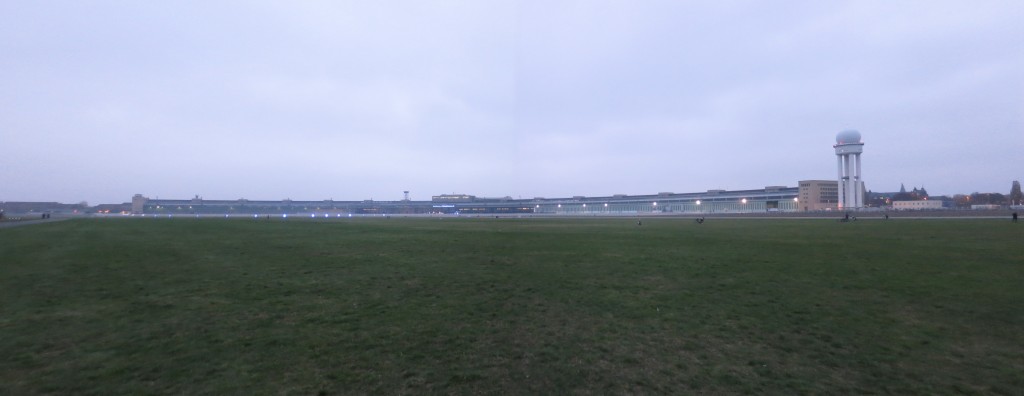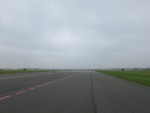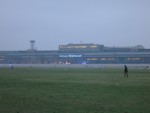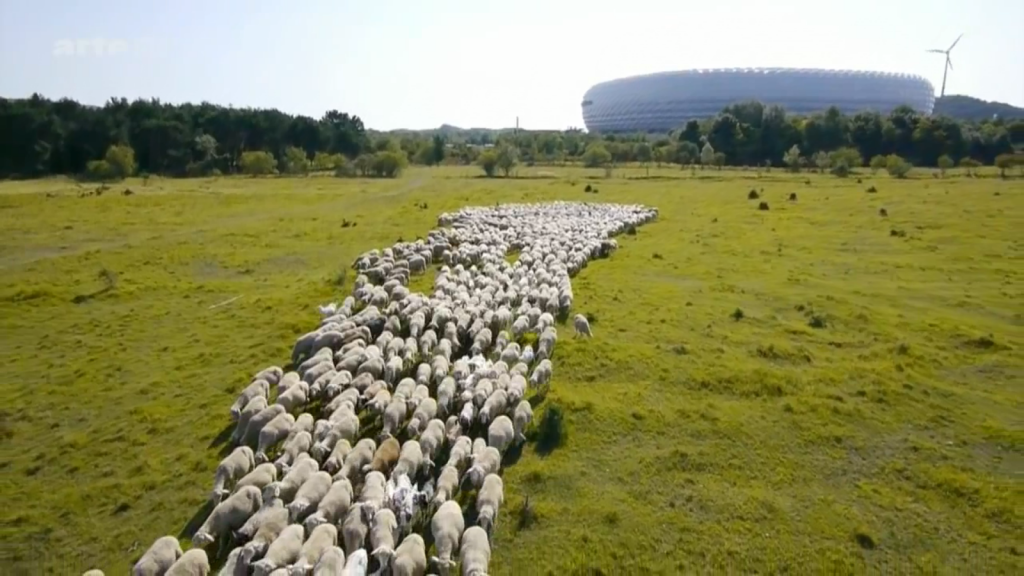A much shorter post than usual – just a quick note to say that yesterday I had the good fortune to experience the tree that smells like cake, which is something few people ever encounter, and in fact for many it’s physically impossible. The tree, called katsura in English and Japanese – its native habitat is Japan and China -, releases the scent for just a couple of weeks in the fall, and although the species is not rare it is uncommon, being used occasionally in parks and gardens. But many people are unable to detect the scent, for genetic reasons, so a lot of factors have to fall into place in order for the extraordinary scent to be experienced.
The leaves smell distinctly like cake – some say caramel or cotton candy – and indeed the German word for it, Kuchenbaum, translates as caketree . Scientifically, it’s Cercidiphyllum japonicum. The scent is due to maltol, a compound also present in breads, warmed butter, uncured smoked pork, chicory, milk, cocoa, coffee and roasted malt. I saw it on October 31 and I believe this was towards the end of the scent-releasing period.
Finding a katsura may be easier than you think, because a great many cities now have interactive maps of all their street trees where you can search for whatever species you want to find. Just search the internet for “urban forest map” and the name of your city, or check the (very incomplete) lists here and here. You’re out of luck if you’re in Berlin, though. In theory Berlin has an online tree map but, bizarrely, it doesn’t have a way to simply search for a species and see it on the map.
